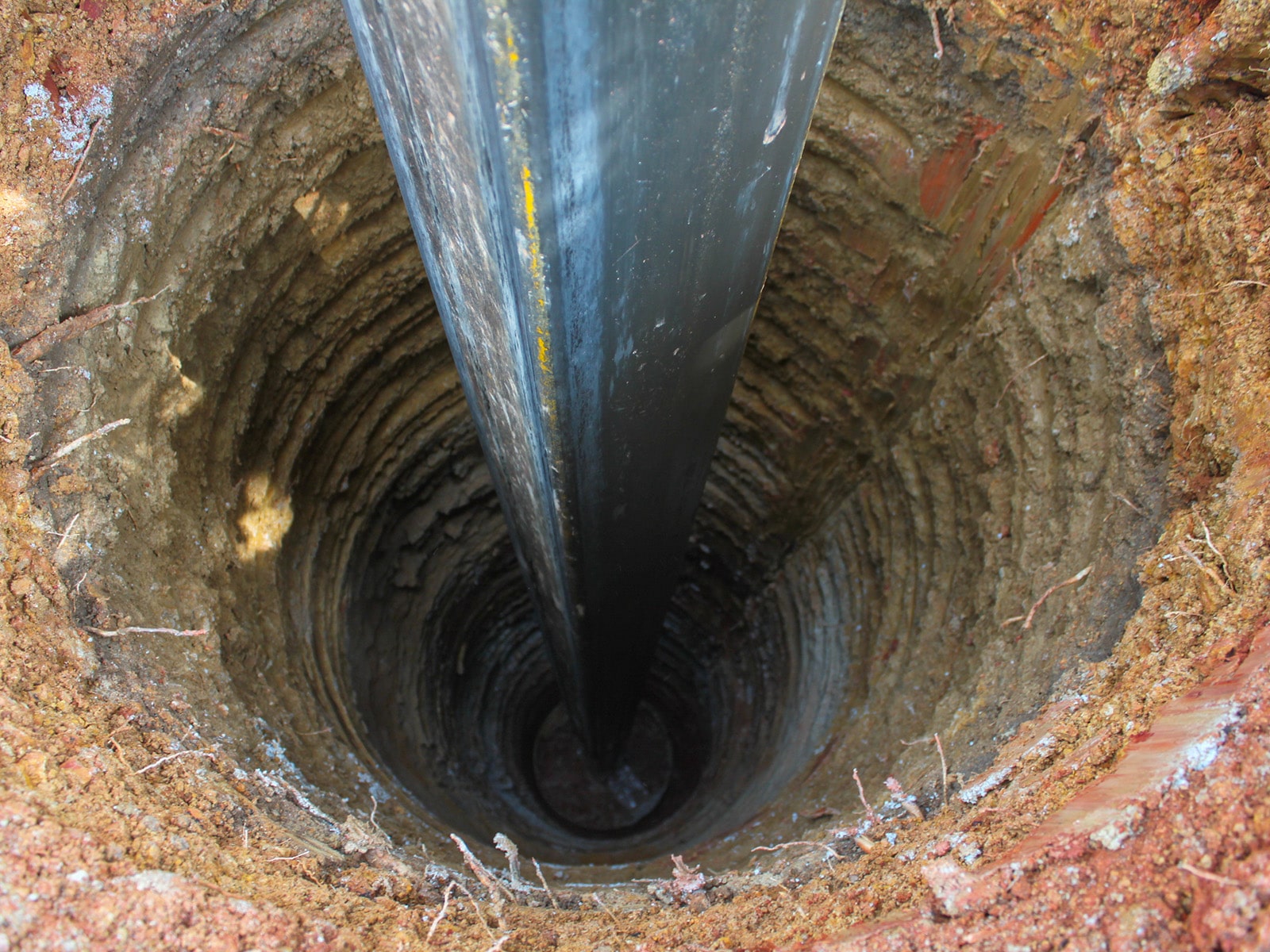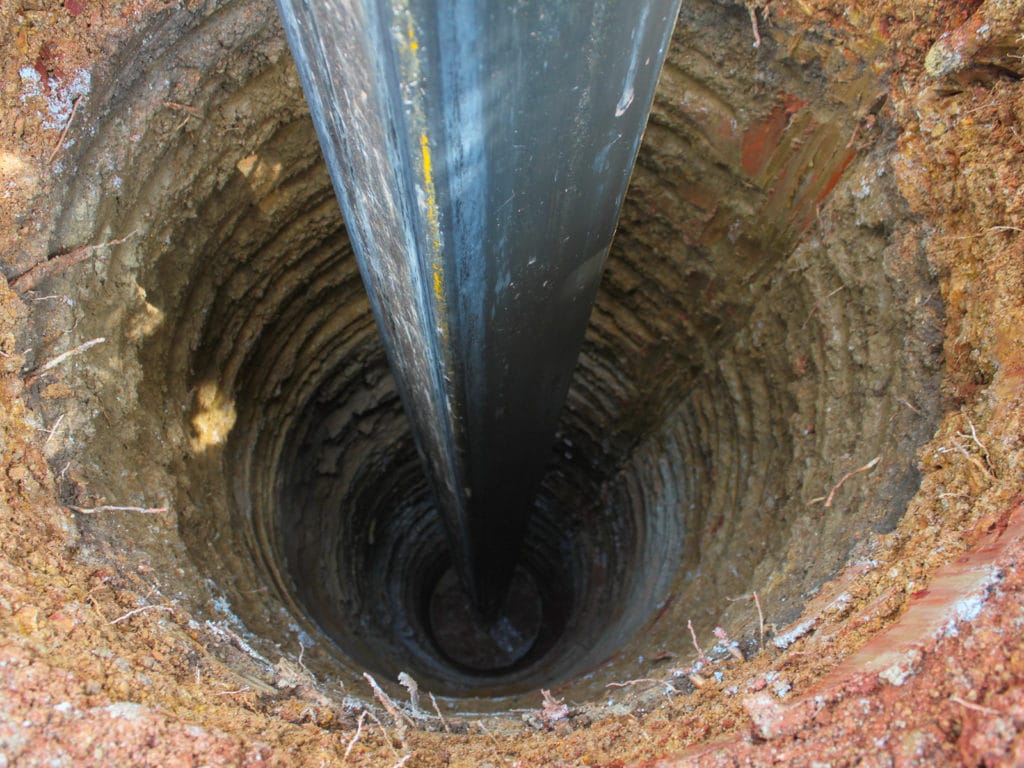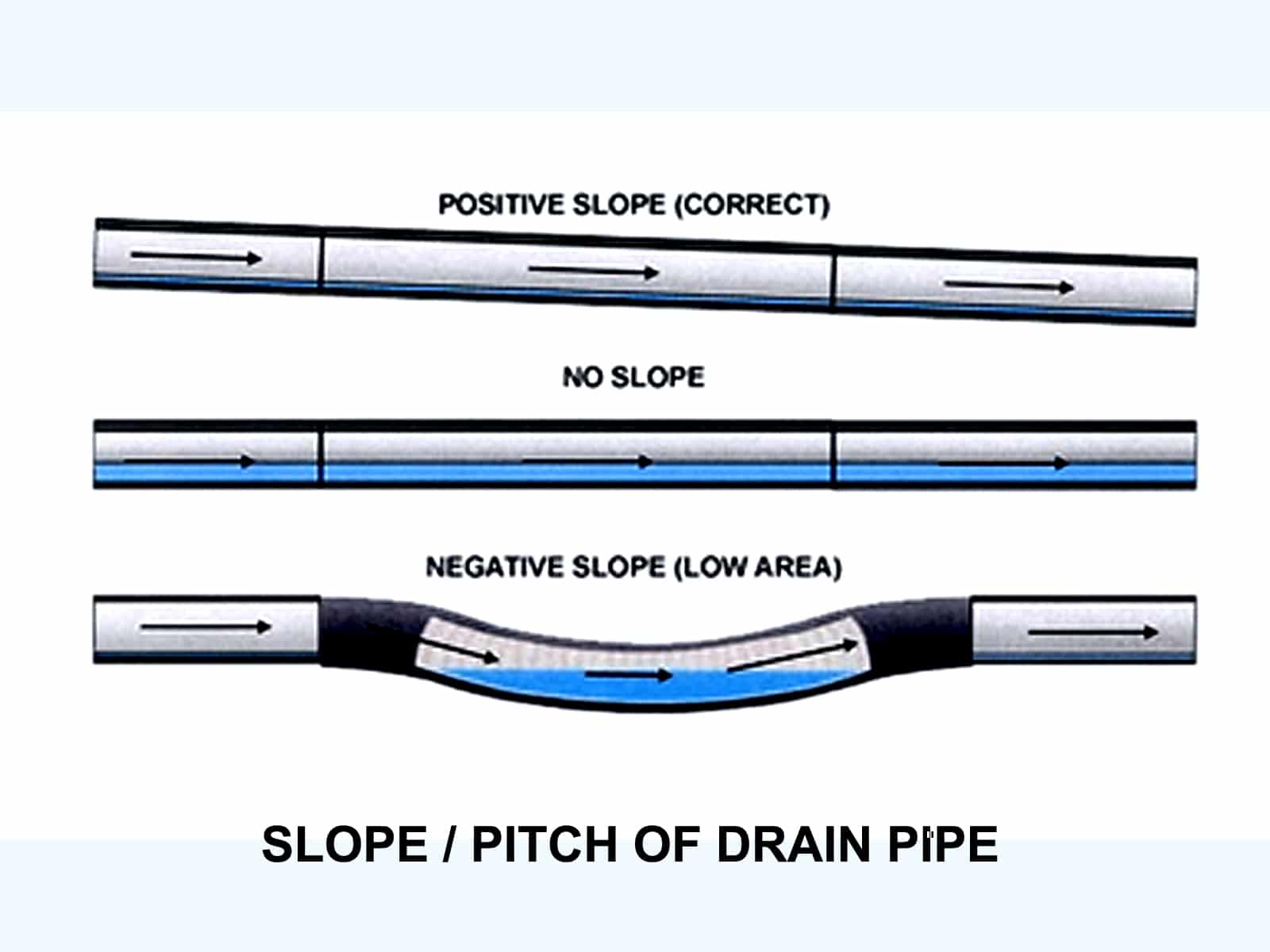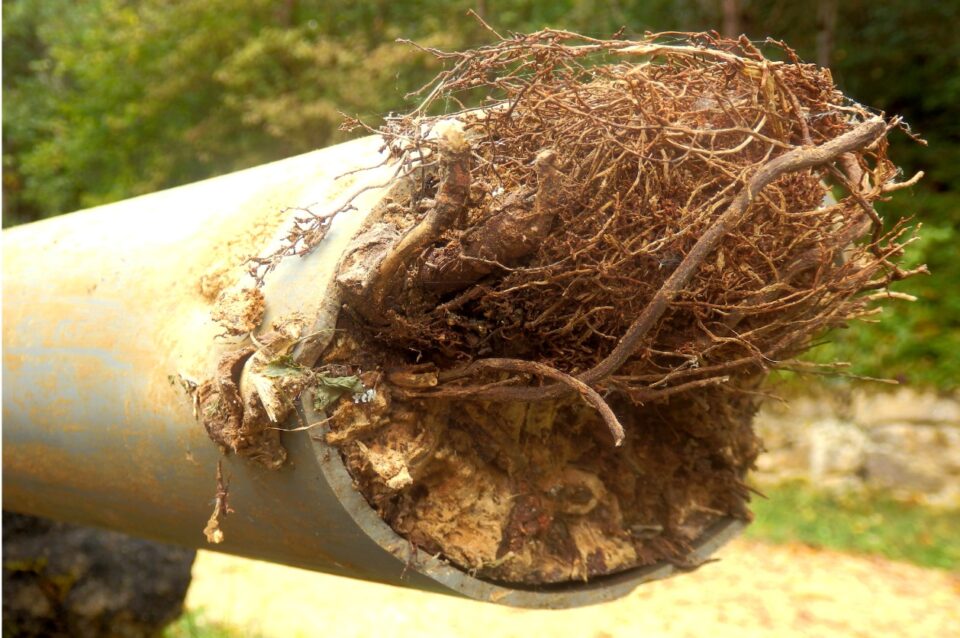Whether you live in a small community like the Village of Old Brookville, or many other municipalities, protecting private water wells from contamination is a major concern. According to the US EPA, more than 23 million households in the United States rely on wells as their primary sources of drinking water. Therefore understanding and protecting a private drinking water well can be of vital importance.
A Good Reason To Test A Private Drinking Water Well
There are many areas where municipal wastewater treatment facilities do not exist, these areas still include about 10% of Long Island. In these areas contaminants from improperly designed on-site sanitary systems can seep into a private drinking water well and cause health issues. The entire village of Old Brookville receives its drinking water from the Jericho Water District and New York American Water.
With that said, a private water well probably still exists on a number of properties. If you own one of those properties, then the care and testing of your well should be important to you. A private well can be the solution to lower your water bill or to water your landscaping in an economical manner.
The 3 different private drinking water well types
While the use of a private drinking water well has been around for thousands of years, the design has changed. The earliest wells date back to 7,000 to 8,500 BC, and were woodlined. What follows are the 3 primary types of water wells typically used on private properties nowadays. No matter the type of well, water testing must be done during, after, and periodically to ensure your water is safe to consume.
- Dug wells:
The most conventional type of a private drinking water well is referred to as a dug well. These are excavated by shovel until water fills the hole faster than the digger’s bailing rate. It is suitable in areas where the water table is shallow, and the soil is relatively soft. The well is then lined with tile, brick, or stones to prevent the soil from collapsing.
The top of the well is covered with concrete, wood, or stone after the construction. It is impossible to dig a well much deeper than the water table with this traditional method. It would just keep filling with water.
- Driven wells:
Although quite an old design, driven wells are still common. Instead of digging up soil to make a deep hole in the ground, this type is built by driving a small diameter pipe into the ground instead. This is usually accomplished by utilizing a tripod. It’s sort of like using an underground piercing tool to install a horizontal water service line, only a well is a veritcal installation.
The tripod is used to raise and then drop a weight onto the top of the well piping. A block of wood or similar material is used to cushion the blow of the weight from damaging the top of the well piping.
There is usually a screened well point at the bottom of the pipe. This filters out debris, such as sand and other small particles. This “filter” as referred to as a well point, and is usually made from stainless steel. Similar to the previous type, driven wells can only tap shallow water. Since the water source is still pretty close to the surface, contaminants from the surface can seep into the well.
- Drilled wells:
Modern wells are drilled. Professional-grade equipment is used, including rotary drill bits and a rig. This type of private drinking water well can reach more than 1,000 feet deep. Different drills bits are utilized depending on soil characteristics. Thanks to its deep water source, and installation of continuous casing, the well is much less prone to contamination compared to the previous two types. A powerful pump is required to push the water up from such great depths.
The safety and quality of a private drinking water well
The individual homeowner is responsible for the safety and quality of drinking water in private well. There is no chemical treatment involved in the process. The water itself may contain naturally occurring substances, which may include contaminants if the owner is not careful. Some methods you can do to keep your well water clean and healthy are as follows:
- Slope the area surrounding the well so water run-off from snow-melt or rainfall can flow away.
- Keep the cap locked to prevent unauthorized use and unwanted objects from entering the well.
- Avoid using hazardous chemicals in areas close to the well.
- Dispose of hazardous chemicals in a waste facility instead of septic tank.
- Make sure your septic system is the prescribed distance from your water well
- Maintain septic tank performance by regular pumping.
- Schedule regular checks for damaged casing or broken caps. Address each issue immediately.
- If you have to use chemicals such as disinfectants, make sure you use only EPA-approved products.
Call professionals for testing and maintenance
If in doubt, always call a professional to test the water quality and check for potential issues. In some areas your municipality may provide this service. There can be a lot of sources of contaminants in your living area such as factories, petroleum refinery, or a poorly built septic system. It would take a professional to help to find the solution in cases where the contaminants in your private drinking water well water exceed the safety threshold.
Balkan Is The Team To Trust
While Balkan is among the most experienced and reputable sewer and water main service companies in Nassau County, water testing and well maintenance is not among the services we provide. However, with more than 70 years of experience doing sewer works all across New York City, trust us for any type of drain cleaning, main line sewer cleaning, sewer repair, or water service line work.
The Balkan Team is always ready to provide assistance and service 24 hours a day, 7 days a week. Contact Team Balkan for expert advice and prompt drain cleaning service.
A little bit about the Village of Old Brookville
The Village of Old Brookville is located within the Town of Oyster Bay, and is considered to be part of the North Shore of Long Island. The population as of 2010 was just over 2,000 residents. The village was established in 1929, and is about 4 square miles. If you wish to learn more, visit the Village of Old Brookville.






